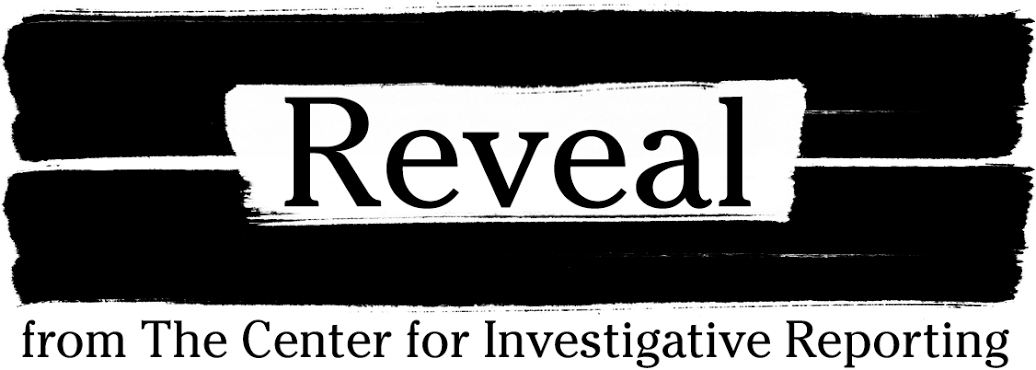By Tom Knudson
The web is a worldwide wilderness of information, a heaping digital banquet of articles about food and climate, some good, many mediocre, others superficial. Perhaps you would like some suggestions, a guide to some of the most significant stories, a best-of-the-month reader’s buffet.
If so, this is the place for you. Every month, I’m going to be selecting the best stories on food and climate that you should read.
I like stories with multiple voices, nuance and writing as clear as fresh ice on a pond. To me, the best stories are ones that open doors to worlds we do not know, show more than tell, cut through the clutter of government, industry and nonprofits, expose injustice and shine a spotlight on matters hidden from public view. And last, but not least, stories that offer a whisper of hope and might now and then make you laugh.
If that appeals to you, watch this space once a month for food and climate journalism I believe is worth sharing. (If you see something you like, send it my way: tknudson@cironline.org and @tomsplace.)
Most stories about genetically modified crops skim the surface. New York Times investigative reporter Danny Hakim dug deeper. He examined two of the brightest promises of the GM revolution – that the crops would reduce pesticide use and increase yields – and found them dubious. To reach his conclusion, he relied on data from the UN Food and Agriculture Organization and on-the-ground reporting in the U.S., Canada and Europe, which has largely rejected GM crops. “The United States and Canada have gained no discernible advantage in yields – food per acre – when measured against Western Europe,” Hakim writes. New York Times
Methane is the second most important greenhouse gas, behind carbon dioxide. It’s responsible for about a fifth of global warming. But methane has a confusing history. Emissions dropped in the ’90s, stabilized and then started rising around 2007. Scientists now believe they have found the culprits: microbes in wetlands and rice paddies and in the guts of livestock. Take-away quote: “There is a real danger that climate change is starting to accelerate the processes that release methane into the atmosphere, potentially triggering a troubling positive feedback in which further warming could produce more methane and yet more warming.”environment360
In 2015, the Associated Press broke an incredible series of stories about slaves in the global seafood industry. Turns out, it’s not just seafood. A new report by the International Labor Organization says millions of people worldwide work under slavery-like conditions. From the story: “The ILO’s latest estimate is that more than 3.5 million people worldwide now work under forced labor conditions in agriculture (including fishing and forestry). This means that forced labor has played a role in the supply chains of many of the most popular food and drinks.” Civil Eats
No reporter has written more clearly and consistently about the perils of climate change than Elizabeth Kolbert at the New Yorker. In a story in the Oct. 24 issue, she takes us on a wonderful – if not a little depressing – tour of Greenland’s melting ice sheet. Kolbert has a knack for making the complex comprehensible, for taking the numb out of numbers. She could have told us how many “acre-feet” of water were gushing of the ice sheet. Instead, she serves up something we can savor: “Just in the past four years, more than a trillion tons of ice have been lost. This is four hundred million Olympic swimming pools’ worth of water, or enough to fill a single pool the size of New York State to a depth of twenty-three feet.”
I also enjoy her diversions into history and culture. Here’s an example:
“Nuuk sits on the southwest coast. It was founded in the early eighteenth century by a Danish-Norwegian missionary named Hans Egede. … When Egede arrived, he discovered that the native people had neither bread nor a word for it, so he translated the line from the Lord’s Prayer as ‘Give us this day our daily seal.’ ” The New Yorker
- Originally appeared at revealnews.org


